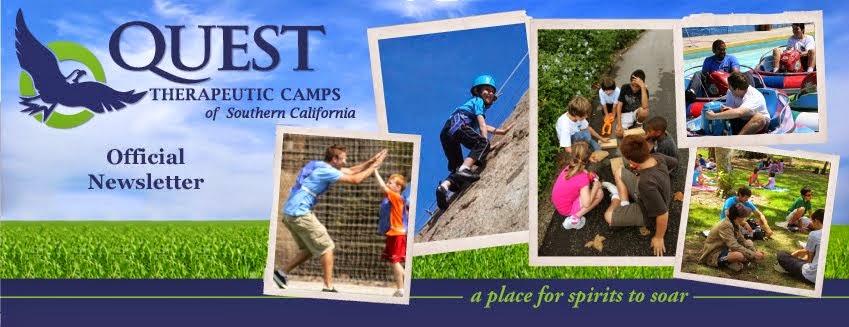
Increasing Happiness and Goal Attainment in the New Year--A Review of The Happiness Project by Gretchen Rubin
As many of you prepare to ring in the new year it seems like a good time to write about increasing happiness and goal attainment. I thought that this would be a good topic for the month as many people are mentally preparing this week to set resolutions for the upcoming year. I have chosen to provide a review of The Happiness Project (Or, Why I Spent a Year Trying to Sing in the Morning, Clean My Closets, Fight Right, Read Aristotle, and Generally Have More Fun) by Gretchen Rubin. Reviewing this book felt like a good start since this book is a true life tale of Rubin's own quest to fulfill her New Year's resolution to increase happiness in her life through a yearlong systematic approach.
Rubin starts her book by deciding to focus her resolution for the next year on happiness since she reflects on how, while, overall she has a pretty good life and is generally happy, she really should appreciate her life and experience more happiness than she currently is. From this decision, she sets out on a course of goal attainment for the next 12 months with several goals set in a single area of her life per month with additional goals to keep up with changes she had already put in place in other areas the previous months. For example: Rubin sets several parenting goals for herself in April related to "lightening up" in her relationships with her children including: 1) sing in the morning; 2) acknowledge the reality of people's feelings; 3) be a treasure house of happy memories; and 4) take time for projects. These goals are then added to her previously set goals for January, February, and March related to boosting her energy, having more acts of love in her marriage, and "aiming higher" in her work.
One of my favorite parts of The Happiness Project is how Rubin provides a wealth of research supporting the importance of happiness in life and how to increase happiness in a variety of areas. Many of her chosen areas for change have been carefully picked based on her thorough examination of current scientific research. She provides a funny, firsthand account of the trials, tribulations, and successes on her journey to bring further happiness to herself and those close to her. Many of the studies she cites are often used in therapeutic settings since a lot of this research can increase happiness, but also are key areas often targeted to either decrease or prevent anxiety and depression.
I also really appreciate Rubin's systematic approach to how she works to achieve her goals. While I know this approach will not work for everyone, I find her organized and methodical approach helpful. Rubin also provides a nice personal example of how a person can set many small goals in one area over a period of time and have a large amount of success at making both small and large changes that improve the quality of her life. She is thoughtful on her journey, setting up a lot of ways to reflect on her progress as a means to both evaluate and celebrate her successes along the way. Rubin's approach is a nice illustration of several key characteristics associated with success in goal attainment. As a psychologist who often journeys with others on their road to change, there are a lot of great pieces of Rubin's book that will ring true for others.
Rubin also provides great lists of tips in her book including her 9 tips for keeping resolutions:
1) Write it down
2) Review your resolution constantly
3) Hold yourself accountable
4) Think big
5) Think small
6) Break your main resolution into manageable tasks
7) Keep your resolution everyday
8) Don't let the perfect be the enemy of the good
9) Consider dropping a resolution if you keep breaking it
Beyond the advice dispensed in The Happiness Project, Rubin also provides further support through her website with a happiness project starter kit for others inspired to start their own quest. For those of you wanting more support in the area of making changes please Click Here for last year's newsletter article "Making Changes Count and Last" to learn more about how motivation can affect goal attainment and lasting change, as well as some strategies that people can use to make changes successfully. Whether the new year finds you looking to increase happiness or make changes in other areas of your life, I wish you success and happiness in the upcoming year. Just as Gretchen Rubin discovers that there is much to celebrate and be happy about I wish you the same in the year ahead.
Rubin, G. 2009. The Happiness Project. HarperCollins Publishers. New York.
www.happiness-project.com
